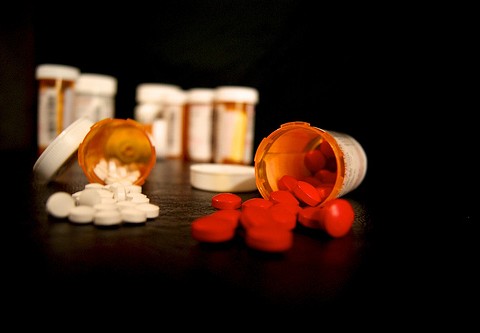Effectiveness: Some studies suggest that hMG is successful in causing ovulation in 70 to 85 percent of women. Of these women, approximately seven to fourteen percent will become pregnant. Some research states that up to 50 percent of women will be able to become pregnant during treatment with gonadotropins.
Side Effects: Just like Clomid, hMG increases the chances for a multiple birth and OHSS. Since this medication is administered through injection, there is an increased chance of developing irritation, bruising, infection or swelling where the medicine was administered. Women may also experience breast tenderness, changes in mood or depression.

Other Fertility Drugs
There are numerous other fertility drugs that a woman may be prescribed. A thorough examination of the woman’s health history will help her physician determine what medication is right for her. Some fertility drugs are used to control prolactin or progesterone levels in the woman. Others are used to prevent miscarriage or premature ovulation. The success of each drug will depend upon the woman’s exact cause of infertility, her age, her health and her partner’s health.
References:
Infertility medications. (2007, May). Retrieved from http://www.americanpregnancy.org/infertility/infertilitymedications.html
Fertility medications. (2010, February 25). Retrieved from http://www.webmd.com/infertility-and-reproduction/guide/fertility-drugs?page=2
Clomid. (2009, April 12). Retrieved from http://www.drugs.com/clomid.html
Fertility drug: human menopausal gonadotropin (hmg). (2007, May). Retrieved from http://www.babycentre.co.uk/preconception/fertilitytreatments/hmg/